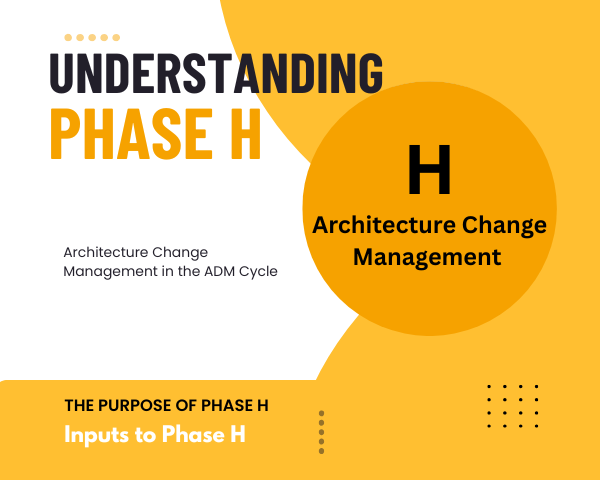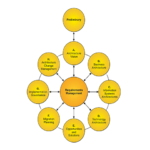Architecture Change Management in the ADM Cycle
You’ve reached the end of the last phase in your architecture cycle, and all of the compliant solutions have been deployed. So, what’s next? Enter Phase H, Architecture Change Management. This phase serves as a critical holding period, allowing you to monitor the implementation of your architecture to ensure everything is functioning as planned and delivering the expected business value.
The Purpose of Phase H
The primary goal of Phase H is twofold: first, to maintain your architecture lifecycle and manage changes effectively, and second, to oversee governance over your architecture. This means ensuring that your solutions consistently align with architectural designs while also preventing your architectural capabilities from stagnating. Continuous improvement of skills and expertise within your team is vital for long-term success.
Inputs to Phase H
By entering Phase H, you’ve already completed extensive groundwork. You have deployment artifacts from the previous phases, F and G, and reference materials like your architecture framework, definitions, requirements, and roadmaps. The outputs from these earlier phases, including compliance assessments and approved migration plans, serve as your foundation for managing change.
Value Realization
One of the key activities in Phase H is value realization. In previous phases, you likely conducted an analysis to determine the expected value of your work products. You need to ensure that the anticipated benefits, whether they be cost reductions or revenue increases, are actually being realized in your organization. This monitoring process uses appropriate tools and metrics to track compliance and performance.
Additionally, monitor potential risks and opportunities if changes in the environment prompt a decision to integrate new third-party software or other modifications and assess how these changes fit within your existing architecture.
Managing Changes and Monitoring Compliance
As you observe your architecture’s performance, there may be instances where it falls short of expectations. In such cases, you might need to initiate change requirements. This could involve recognizing that initial estimates were inaccurate, whether they were overestimations or underestimations.
Throughout this process, it’s essential to maintain a governance structure. While preventing change altogether is impossible, tracking alterations and updating requirements and architecture diagrams accordingly is critical. If significant changes are necessary, you may have to activate a formal change management process to facilitate these adjustments.
Duration of Phase H
The length of Phase H can vary significantly. You may transition back to Phase A almost immediately to jump straight into the following Architecture Development Method (ADM) cycle. Alternatively, there may be a more extended period where no significant changes are anticipated, leaving you uncertain regarding the timeline for starting a new cycle.
Outputs from Phase H
The outputs from Phase H include any modifications to your architecture, such as updated baseline architectures, architectural frameworks, and compliance assessments. Additionally, if new architecture work requests arise, these should be formally documented as part of your outputs.
Next Steps
Once Phase H concludes, the logical progression is to initiate another ADM cycle, beginning once again at Phase A. However, when changes occur, assessing whether they are minor adjustments or substantial enough to warrant a reevaluation of previous phases is essential.
Consider an example like the introduction of Artificial Intelligence(AI) technology in your organization. While it may seem like a simple enhancement, it presents an opportunity to rethink your architecture comprehensively. If implementing AI could unlock additional value, revisiting the ADM cycle for a deeper analysis might be worthwhile.
In conclusion, Phase H is a vital component of the architectural process. It enables organizations to track performance and compliance and adapt and thrive in an ever-evolving technological landscape. By maintaining vigilance and flexibility, you’ll be well-equipped to navigate changes and continue delivering value through your architectural initiatives.



